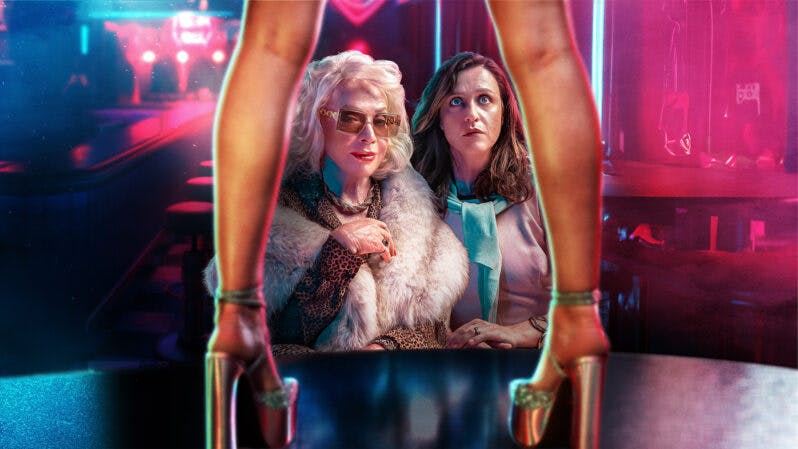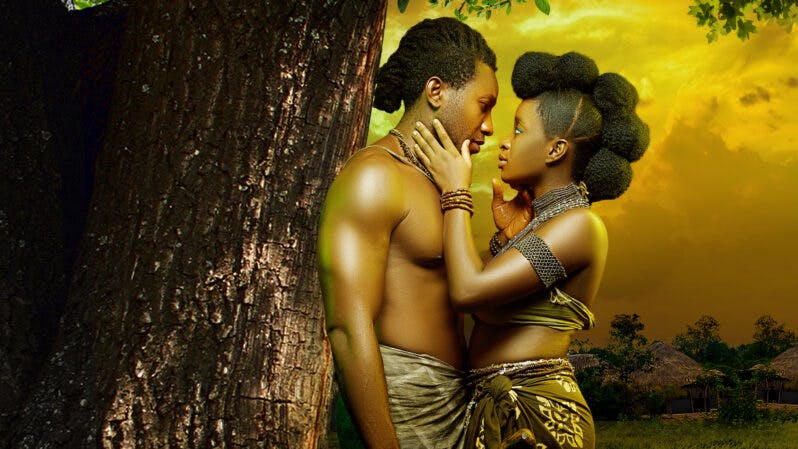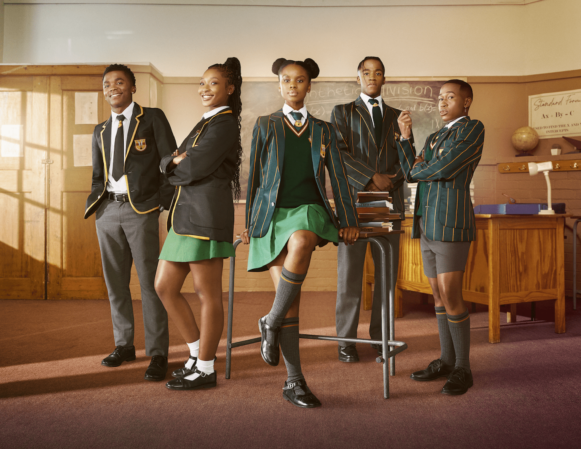9 June 2017
Algorithmic content: Designed to delight
Computers could be creating video tailored to your specific preferences for genre, plot and even actors sooner than you think.
From books, music and art to TV shows and films, algorithms and data are shaping contemporary content creation. At the same time, computers are getting better at not only interpreting what we like about existing content, but at creating content to match those preferences. A wholly computer-created series or movies is inevitable, but will we want to watch it?
Creation from consumption
Whether it’s reading books on e-Readers, watching video on websites or via streaming services, or catching up on the news using social media or news websites, most of our media consumption now happens digitally. And that means it’s trackable. Savvy content owners measure read times, watch times, when we pause, what we skip (or give up on all together), watch we re-watch, and what we watch, read or listen to before and after each piece of content.
Thanks to improvements in computer processing power and the enormous data sets we’re all creating daily, algorithms have emerged that are getting better and better and serving us things we might like based on the tastes we’ve demonstrated to date. Whether that’s ads on Facebook, “you might like this” recommendations under news stories or “watch this next” suggestions for streaming video.
But that’s just the start. Combine those preferences with the ability to create content and it won’t be long before we’ll be getting media that’s tailored not just to the taste of people like us, but to us personally.
Magic in the machine
Video editing apps like Magisto are already uncannily good at taking chunks of video and turning them into a visually pleasing and cohesive narrative, and the sort of 3D modelling used in video games demonstrates how close we’re getting to computers being able to create video content so realistic as to be indistinguishable from the real thing. So what if your favourite actor died decades ago? That doesn’t mean they can’t be digitally rendered in the bespoke sci-fi noir Western your viewing patterns suggest you’ll like.
The certainty of chance
Of course, naysayers will argue that cult classics like Twin Peaks or Seinfeld, or surprise hits like Arrested Development, would never have been made unless writers and directors with fierce, personal visions (and means, or benefactors) hadn’t had the opportunity to take creative chances.
That’s probably true, but as the cost of algorithmic content generation falls and the quality improves, “experimentation” may only be a mouse click away. And content creators will be able to test the waters for unusual productions with less outlay and lower risk.
At the same time, just because a machine can do something well doesn’t mean we necessarily make humans stop doing it. Automated production lines make most motor cars, but one of Aston Martin’s selling points is the hand finishing on every vehicle it builds. Similarly, we prize hand-tailored clothing over machine-made and off-the-rack items. And once-off furniture pieces from master craftsmen are still revered in a way factory-made Ikea kit never will be.
When it comes to content it needn’t be a case of either machine-generated or manmade. Instead, it’ll like be a case of both/and. Which ultimately means more choice. And when it comes to creative endeavours, that’s never a bad thing.
Original African stories by local talent

Empini S1
Stream the Showmax Original drama series Empini from 23 May 2024.

Original Sin: My Son The Killer
Original Sin: My Son The Killer follows the murder of Andrea Venter by Gerhard Jansen van Vuuren, who then went on the run from South Africa to Brazil.
Tracking Thabo Bester
From the makers of Devilsdorp and the director of Convict Conman comes the true-crime documentary South Africa has been waiting for. Two episodes now streaming, and the remaining two episodes land on 22 March 2024 on Showmax.

The Illuminated
The Showmax Original docuseries The Illuminated explores different religious movements in South Africa. Stream now, with new episodes every Wednesday.

Koek S1
The crime comedy Koek, starring Cindy Swanepoel, now streaming on Showmax, with new episodes every Thursday.

Ekhaya Backpackers S1
Stream the Showmax Original comedy series Ekhaya Backpackers, with new episodes every Thursday.

Cheta M
Cheta M explores the love story between Adanna and Nnanna, young lovers who battle the spiritual and political forces in their way. Stream now, with new episodes Wednesday to Friday.

Youngins S1
Stream Tshedza Pictures’s first teen drama, Showmax Original Youngins, with three new episodes every week.
The Roast of Minnie Dlamini: The roast everyone's been waiting on
Empini, coming soon
More Mzansi gold

Nambitha Ben-Mazwi stars in Showmax Original Empini
Multi-award winner Nambitha Ben-Mazwi leads new Showmax Original Empini. The action-packed drama series premieres on Showmax 23 May 2024.

Youngins Season 1 episodes 31-33 recap: Revelations
Amo and Mahlatse become a couple, Tumelo ditches Sefako, and Khaya sees both Sefako and Principal Mthembu in a new light in episodes 31-33 of Showmax Original Youngins.

Interview: Knock knock, it’s Youngins’ Tshepo!
Tshepo Matlala talks about how he brings class clown Tshepo’s jokes to life, and what’s behind the mask, in Showmax Original Youngins.

Siyabonga Thwala stars in action-packed Empini
Showmax announces new action-drama series Empini, starring three-times SAFTA winner Siyabonga Thwala. Premieres 23 May on Showmax.
